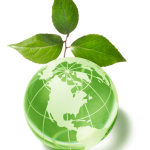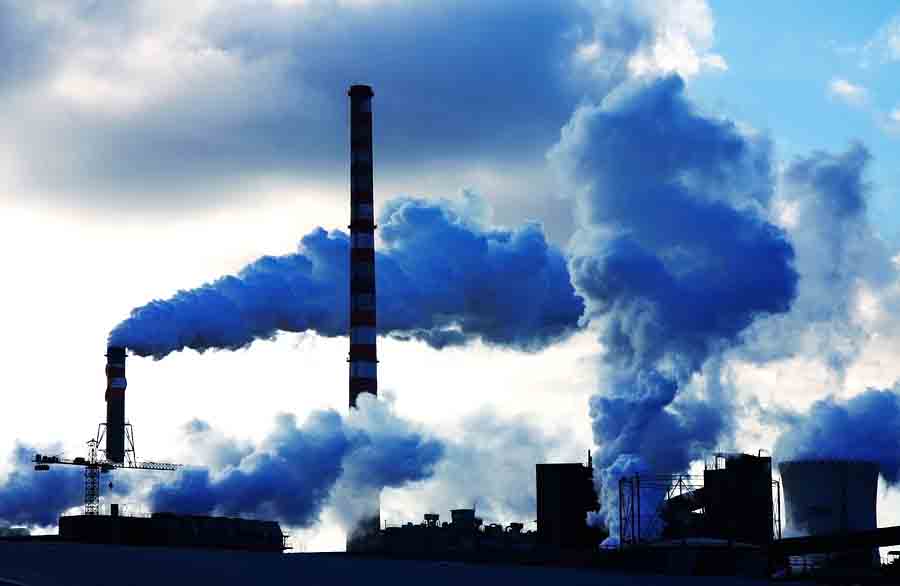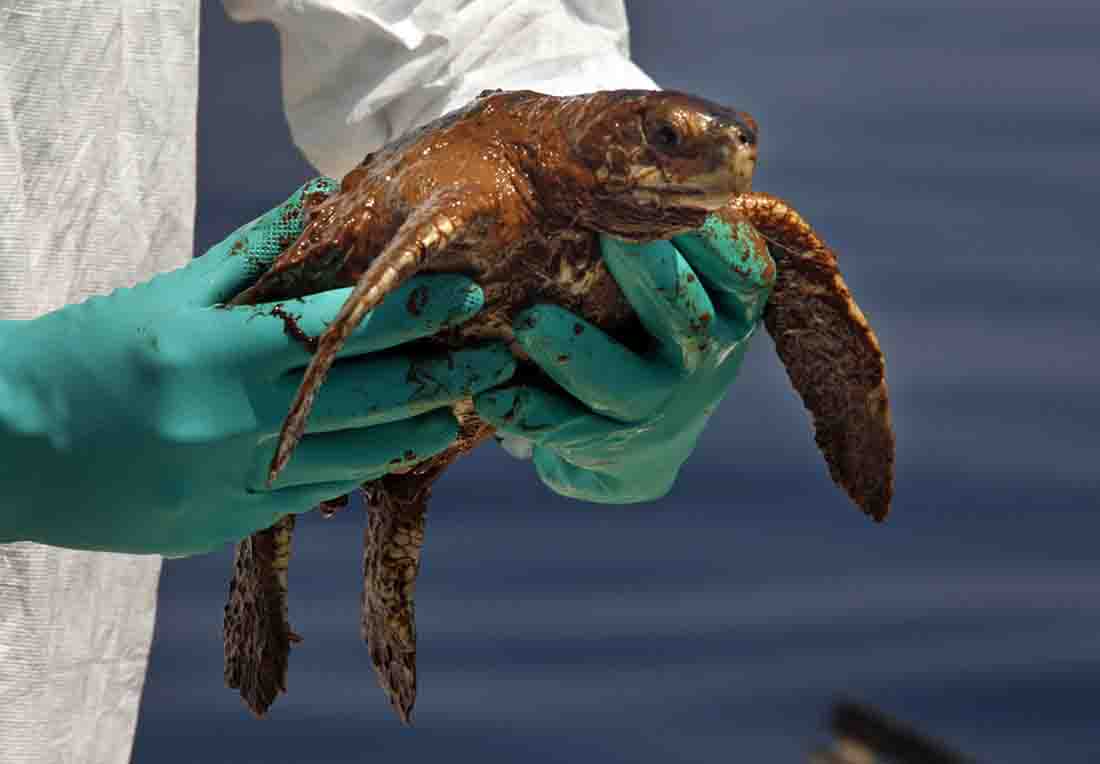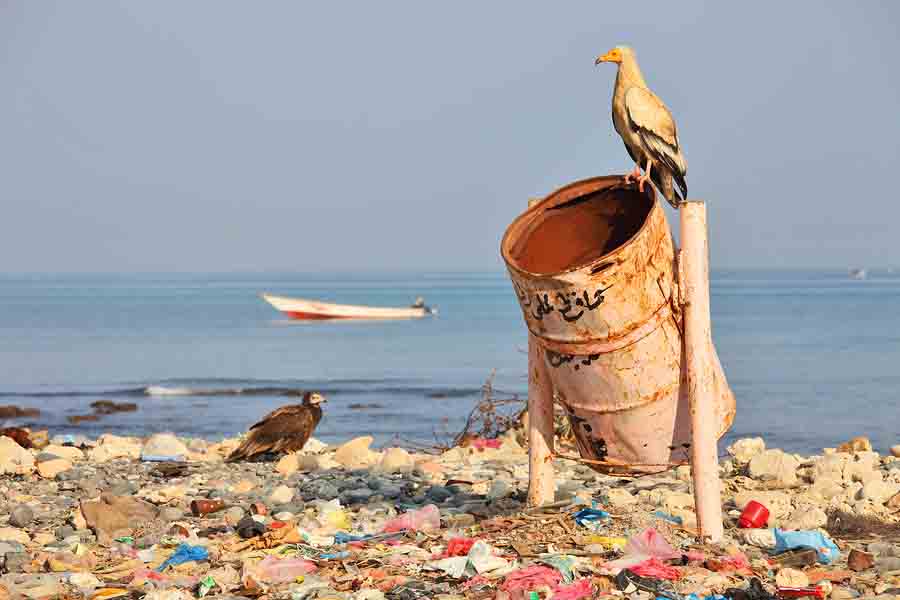Home
~Stephen Jay Gould, The Flamingo’s Smile: Reflections in Natural History
~Franklin D. Roosevelt

WORLDOPT INSTITUTE: PURPOSE STATEMENT
(b) develop predictive models for sustainability;
(c) encourage the adoption and improvement of “best practices” and other actions to optimize our continued existence on our planet.
The Institute exists to gather convincing evidence that a comprehensive, science-based analysis of our worldwide problems is possible and would be productive, and to further the conversations and commitments necessary to chart and promote a global optimization process. Individuals and groups working on sustainability issues should be supremely interested in such analyses and action plans, to comprehensively bolster and most effectively deploy the resources being applied to the world’s current problems. To that end, our website
www.WorldOpt.org
is intended to be an important forum to discuss the means and methods to optimize world conditions, and to effectively organize and take action, such that civilization has more assurance of being sustainable. As it is now, we risk further major environmental destruction, as shown in the seminal UN report: World is ‘on notice’ as major UN report shows one million species face extinction…
Many areas of action are simultaneously required to hope to change the destructive course of our societies and our environment. Just a few examples:
Let’s note that “best practices” are not regularly used, and often are not even sought out as part of “our” actions, including by big business and big government:
Antitrust After the Coronavirus
Suggestions for “no-fault” breakup of dominant monopolies. Exposes the capture of assets by the established powers:
Big truth
How the ocean supports us in surprising ways (protecting whales may be as important as planting trees, for example). Many examples of opportunities for best practices.:
CHINA DIALOGUE OCEAN
Such stories are at the tips of the many icebergs threatening sustainability. Multiply these by the multiplicity of destructive processes used by big industry (supported by big governments) worldwide!
It is critical to examine our concepts of the processes running rampant in our environment. How do we go about “thinking about our thinking”? It starts with our willingness, as honest and curious individuals, to examine the mental constructs (mental models) that we (thoughtfully or thoughtlessly) employ in operating our opinions, motivations, and goals; that is, in guiding and operating our lives.
We offer our idea of conscious use of mental models as a hopefully useful tool in helping to organize and empower the many cutting edge groups and proposals that are now looking at dramatic improvements in our societies. Here are links to a bit of that thinking:
Climate action must not stop after crisis, activists warn
Lockdowns boost air quality and wildlife
COVID-19: chance to adapt to climate change
After noting that the pandemic exposed important fault-lines in our economy and our society(ies), let’s get back to thinking about our thinking, and to our opportunity to expand personal and global consciousness.
Albert Einstein is quoted, after the atomic bomb exploded, as saying “The unleashed power of the atom has changed everything save our modes of thinking…”. Additional creative thinking by many others has added hugely to the foundational “general relativity concepts” that Einstein conceptualized. Let’s make a concerted, organized effort to similarly develop his suggestion to change the models we use in our thinking, leading to a renaissance of consciousness!
It isn’t much of an overstatement to say that we live in a world of models. For example, video
is a two-dimensional model of 3-D actions and verbalizations. And our minds seem to operate
to a great degree by forming and manipulating mental models. The main essay below attempts
to show something about how all this works, because I think it’s both interesting and useful. Albert Einstein is quoted, after the atomic bomb exploded, as saying ““The unleashed power of
the atom has changed everything save our modes of thinking…”.
Albert Einstein Quotes on Atomic Bomb
Further:
Albert Einstein War Quotations
“When men are engaged in war and conquest, the tools of science become as dangerous as a razor in the hands of a child of three. We must not condemn man because his inventiveness and patient conquest of the forces of nature are being exploited for false and destructive purposes. Rather, we should remember that the fate of mankind hinges entirely upon man’s moral development.”
With the world indelibly changed by the COVID-19 global pandemic, we are at a unique tipping
point: Will we be pulled in multiple panicked directions by various “authorities”, many of
questionable weight and validity, and by dueling governmental edicts; or will we be able to
draw together the many threads of information and disinformation out there, creatively
separate the wheat from the chaff, and generate a fairly comprehensive, accurate and up-to-
date predictive and operative model (always being updated with the latest data) to guide us to
the best outcome among the many that can be imagined?
Manufacturing Consent
10 Ways the Media Manipulate Our Opinions Every Day
How-the-media-manipulates-you-without-your-knowing
Our “natural“ responses to the new technologies gestated and dispersed by the internet are
gifting us with a multiplicity of mental reactions. These include a shorter attention span, stress
related disorders, and far too many choices that allow us to move into a variety of fantasy-
inspired worldviews. This generates cultures that, for example, reject ethical behavior in favor
of getting ahead in any way possible: beg, borrow, steal, and mislead. All of these advance the
“new normal” behavior of those who are choosing and idealizing role models from the corrupt
top of the governmental and corporate food chain who employ vulture capitalism to enrich
themselves and their clans.
Our best bet in moderating the above influences seems to be to actively investigate the science of our human nature, and how we can employ flexible mental models to enhance our thinking and improve the realistic nature of our behavior. And that’s the thrust of our Minds and Models essay.
As Einstein further said: “The solution to this problem is in the heart of mankind.”
If we expand our mental models (modes of thinking), we will be miles ahead in creating a better
operating system for our thinking.
A mental expansion process should provide us with the conceptual software to convince us that we have a choice about using it with heart.
And, acting with heart very much coincides with analytical “best practices” models to seriously
save ourselves and the planet by attending to important details. Heart directs us away from
our abusive, our warlike, our careless pollution, etc., etc., behaviors, exactly as does the
analytic WorldOpt “optimization” concept. Such correspondence between heart and analysis
gives hope that this is the most correct and direct, or, anyway, the most productive, direction to
explore.
If we don’t launch a values-oriented societal operating system, developing cooperatively and
spreading virally, then it is clear that potentially calamitous power will continue to reside with
people and organizations who don’t have social and ecological sustainability in mind, and who are effective at overbearing control using even the means of murder and widespread warfare, with uncaring pollution an unavoidable side effect.
About that tipping point: if we tip towards further crudity, bigotry, and top-down authoritative
behavior, with its dominating abusive energy (negative expressions of human nature), we will
be in a much bigger mess; whereas if we tip towards an intelligent optimizing operating system
with heart (positive expressions of human nature), we can clean it up. After all, this is our
Garden of Eden.
Looking forward optimistically,
Richard
Read “Mind and Models” to understand and expand your mental models. When you bump into
something that you didn’t see, your mental model of the world around you was deficient.
Leverage this example into a broader understanding of how mental models work in everyday life.
MIND AND MODELS
© 2018, 2019, 2020, 2021, 2022: Richard Stancliff and WorldOpt Institute
 WorldOpt Institute
WorldOpt Institute













